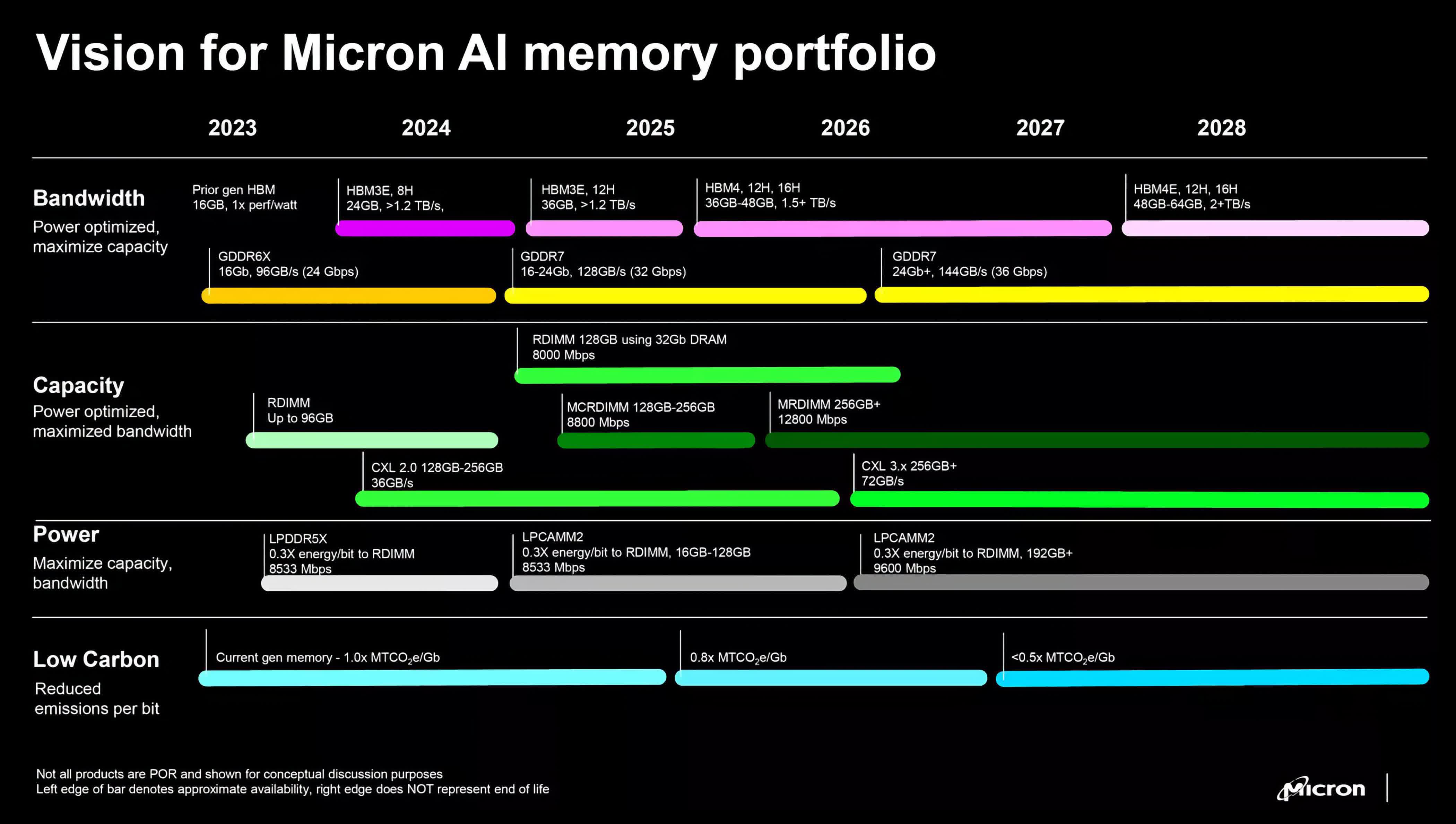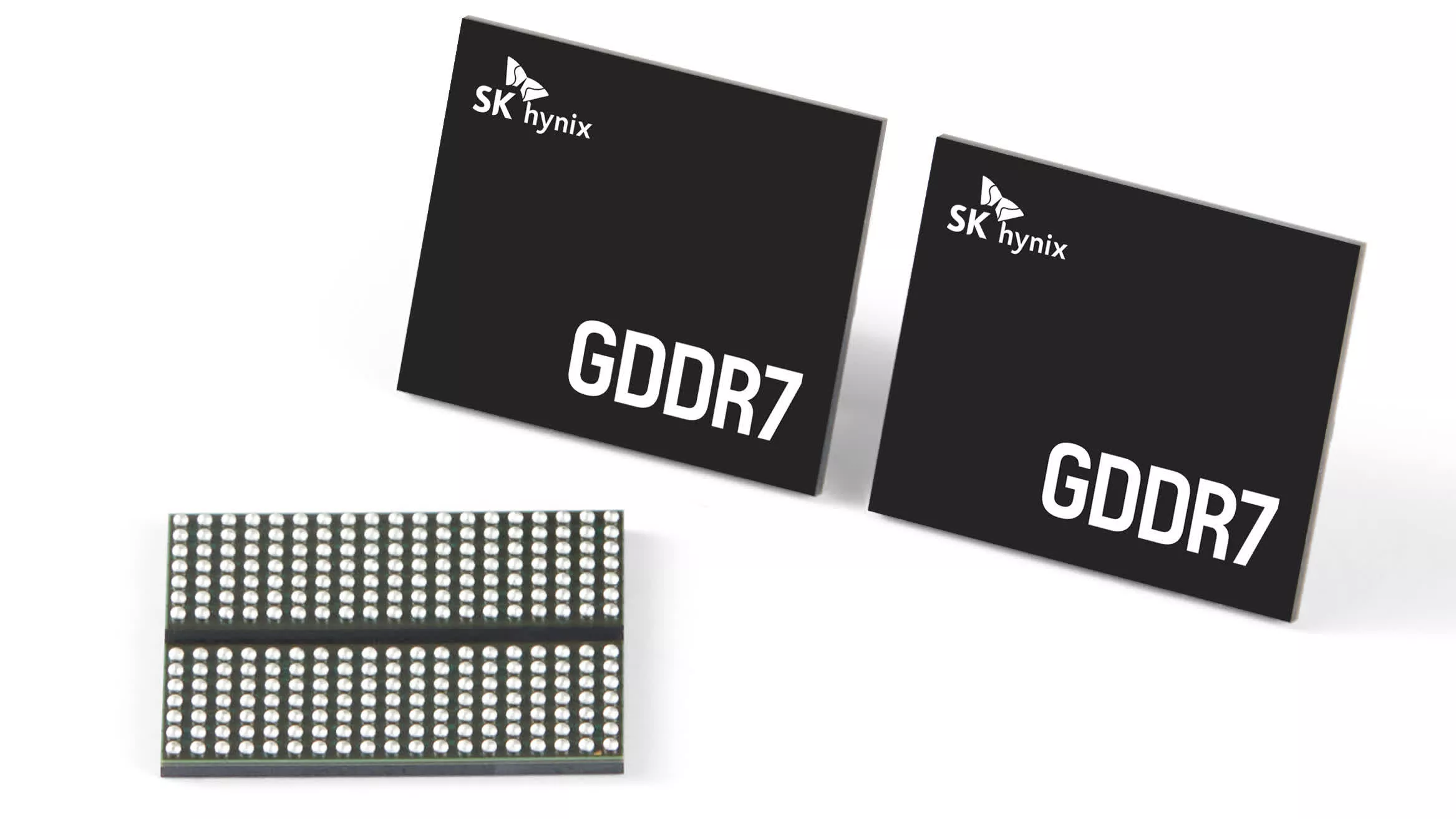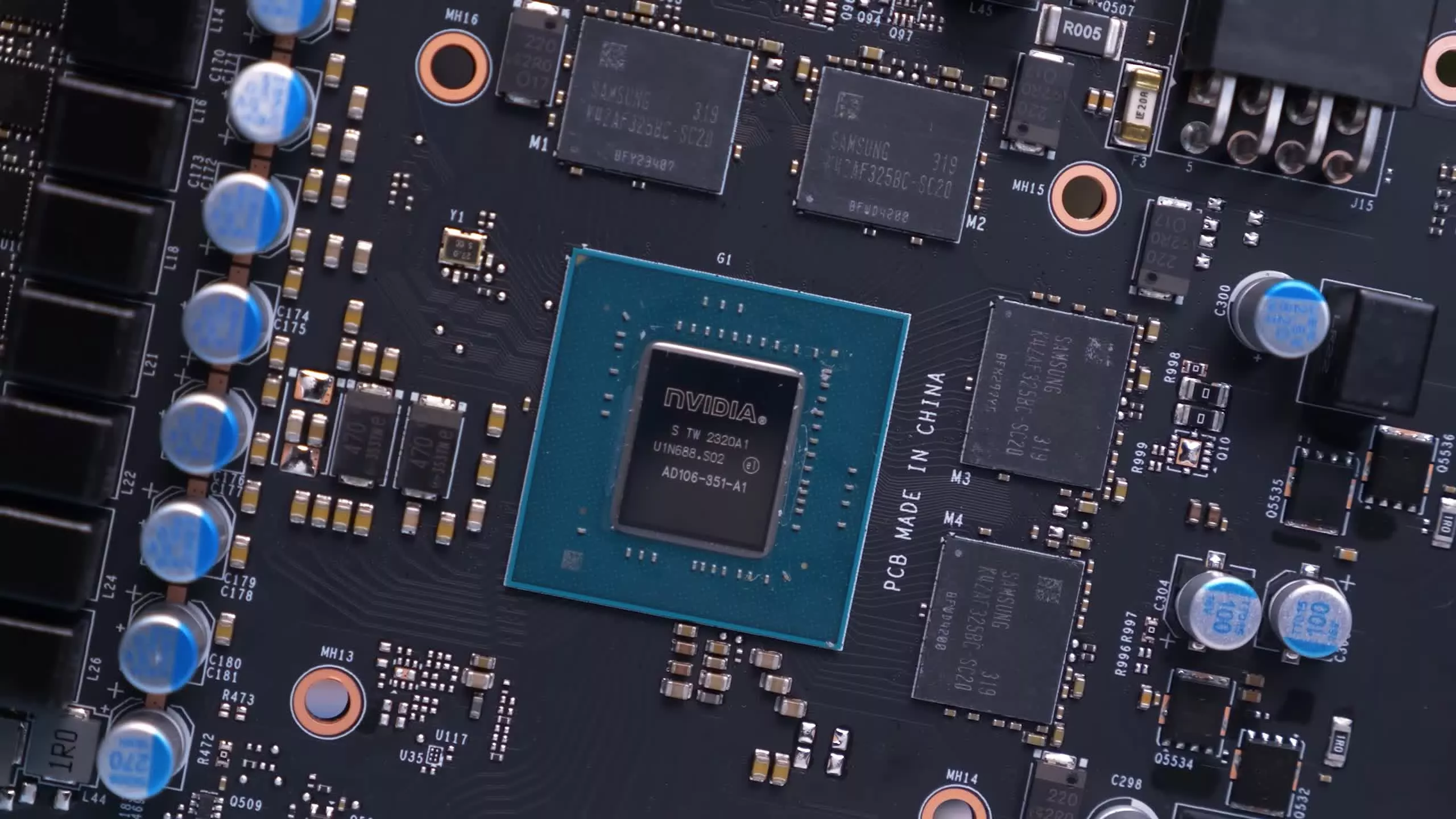The big picture: Rumors about Nvidia's RTX 50 Super series graphics cards featuring more VRAM started circulating almost immediately after the standard variants launched with underwhelming memory capacities. Although the chipmaker has yet to comment, a recent announcement from SK hynix suggests that larger VRAM pools are indeed on the horizon.
SK hynix has confirmed plans to develop GDDR7 memory modules with a maximum capacity of 24Gb (3GB), an upgrade from the long-standing 16Gb (2GB) standard dating back to the GDDR5 era. Nvidia is expected to use these new chips to release refreshed GeForce RTX 50 series GPUs with increased VRAM.
Some recent graphics cards releases have been criticized for offering unimpressive memory capacities. While 12GB or 16GB may be technically sufficient for models like the RTX 5070, 5070 Ti, or 5080, there's been some stagnation for a few generations now and this could potentially hinder performance in the coming years, especially if next-gen consoles arrive with superior specs and more VRAM capacity.
All GeForce RTX 50 series cards (except for the flagship 5090) possibly received the same VRAM capacity as their RTX 40 series counterparts due to Nvidia's reliance on 2GB memory modules. For instance, a 192-bit bus paired with six 32-bit modules limits the RTX 5070 to 12GB of VRAM.
Similarly, the 5070 Ti and 5080 use a 256-bit bus with eight modules, resulting in 16GB. Meanwhile, AMD's Radeon RX 9070 offers a 256-bit, 16GB configuration, enabling it to outperform the 5070 in certain games at a similar MSRP, which would be a huge advantage if the 9070 were available at MSRP.
Leaks from earlier this year point to an RTX 50 Super lineup that incorporates 3GB modules. Using 3GB modules on a 192-bit bus (six modules) would increase the RTX 5070 Super's VRAM to 18GB. On a 256-bit bus (eight modules), the 5070 Ti Super and 5080 Super could feature 24GB of VRAM.
Plans for 3GB modules (labeled as 24Gb) first appeared on a 2023 Micron roadmap (via 3DCenter), scheduled for launch this year. Samsung also introduced 3GB modules late last year, though that was likely too late to be included in Nvidia's initial RTX 50 series lineup.
The eventual launch of Nvidia's RTX 50 Super series remains to be seen. However, based on the release patterns of the 20 Super and 40 Super refreshes, a late 2025 or early 2026 debut seems plausible. Do note that performance improvements are expected to be modest. Rumors suggest that only the RTX 5070 Super will receive additional CUDA cores, and only a few hundred at that.


